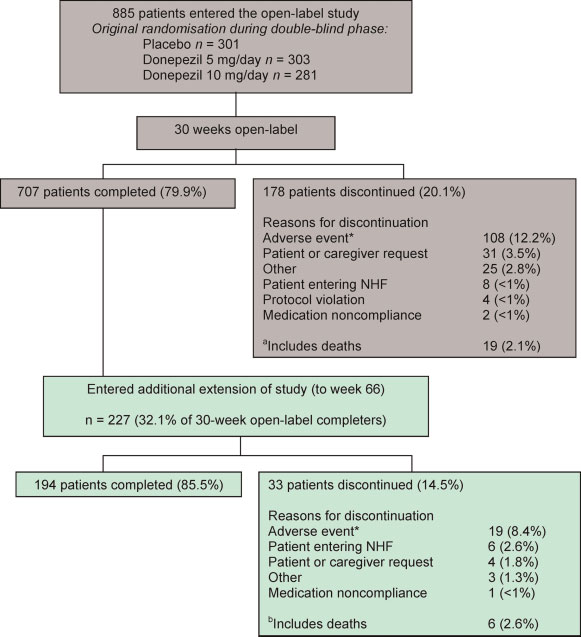Doi:10.1016/j.jacc.2004.05.065
Journal of the American College of Cardiology Vol. 44, No. 5, 2004 © 2004 by the American College of Cardiology Foundation ISSN 0735-1097/04/$30.00 Published by Elsevier Inc. Impact of Physical Deconditioningon Ventricular Tachyarrhythmias in Trained AthletesAlessandro Biffi, MD,* Barry J. Maron, MD, FACC,‡ Luisa Verdile, MD,* Fredrick Fernando, MD,*Antonio Spataro, MD,* Giuseppe Marcello, MD,* Roberto Ciardo, MD,* Fabrizio Ammirati, MD,†Furio Colivicchi, MD,† Antonio Pelliccia, MD*Rome, Italy; and Minneapolis, Minnesota

